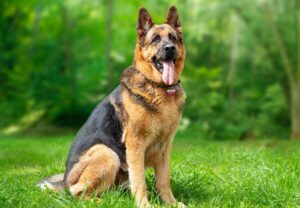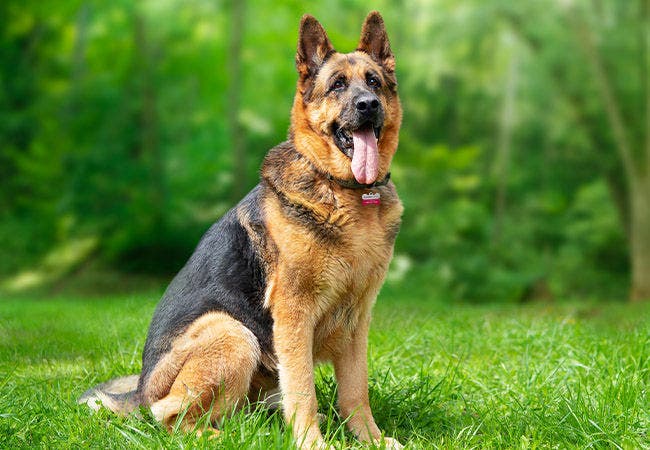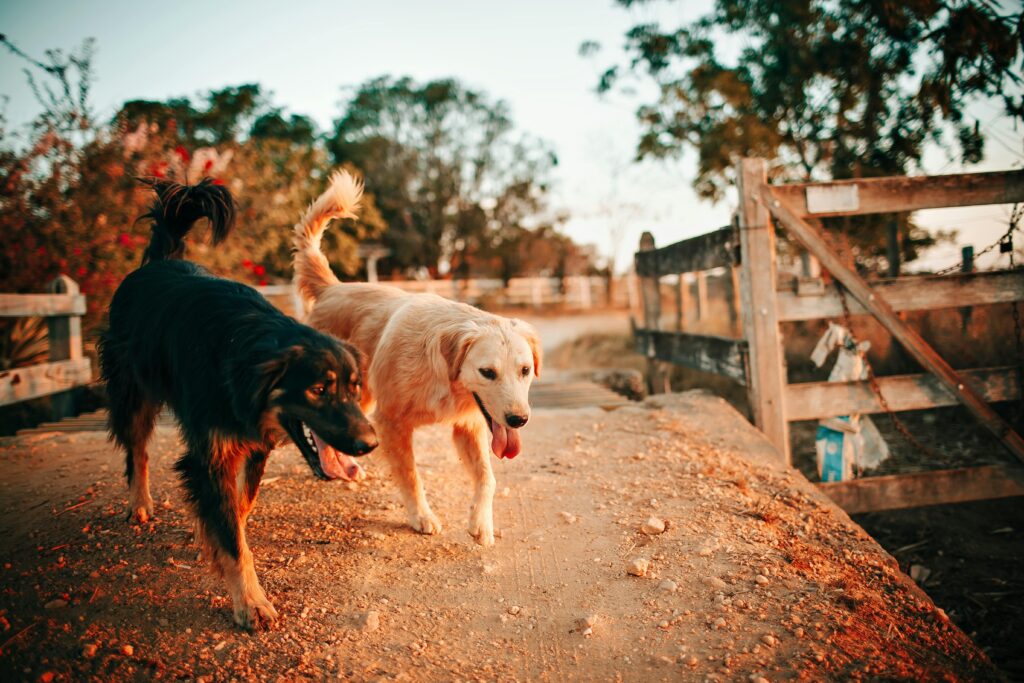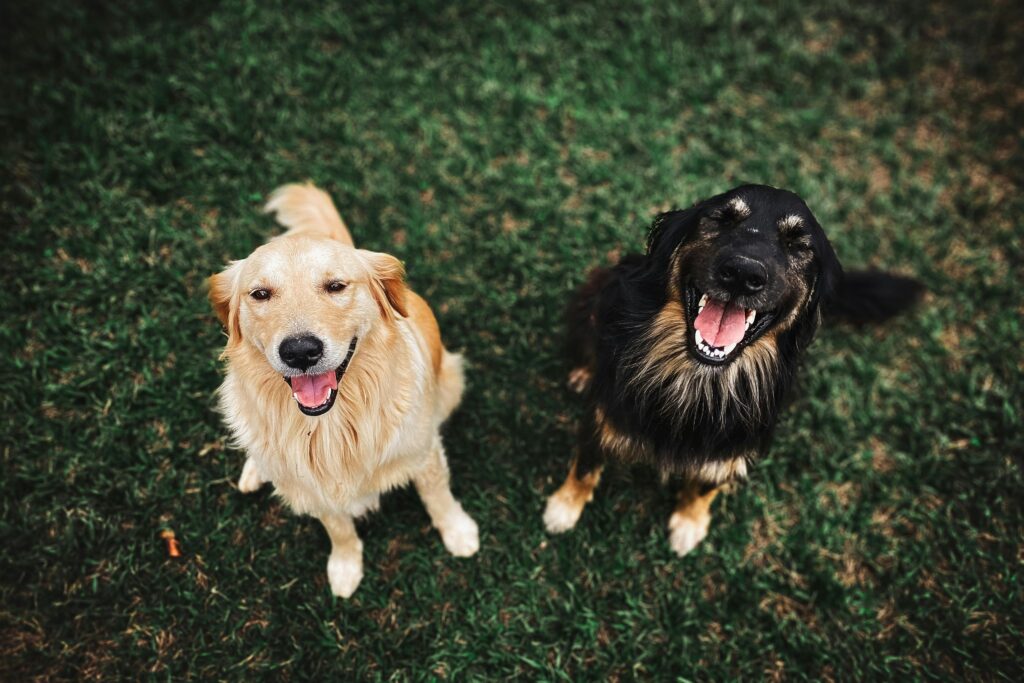1. Why Best Collars Are Essential for Small Dogs
Collars play a vital role in pet care and safety. For small dogs, they serve several purposes, including identification, leash attachment, and even training. Here are some reasons why choosing the right collar is important:
- Identification: A collar with a name tag ensures your dog can be returned to you if lost.
- Control: Collars allow safe handling during walks and training sessions.
- Safety: Reflective collars enhance visibility during nighttime outings.
- Fashion: A stylish collar adds personality to your pet’s appearance.
For small breeds, an ill-fitting or overly heavy collar can cause neck strain or injuries, making it crucial to select the appropriate design and material.
2. Factors to Consider When Buying Collars for Small Dogs
When purchasing a collar for your small dog, keep the following factors in mind:
A. Size and Fit
- Measure your dog’s neck accurately using a flexible tape measure.
- Ensure the collar is adjustable and allows two fingers to fit comfortably between the collar and your dog’s neck.
B. Material
- Choose lightweight, soft materials such as nylon, leather, or padded fabrics.
- Avoid materials that may cause irritation or allergies.
C. Durability
- Look for high-quality stitching and hardware that can withstand daily use.
- Opt for breakaway or quick-release mechanisms for added safety.
D. Purpose
- Determine the primary use of the collar—whether it’s for daily wear, training, or special occasions.
E. Aesthetic Appeal
- Many collars come in vibrant colors and designs. Select one that reflects your pet’s personality.
3. Types of Collars for Small Dogs
Understanding the different types of collars available can help you make an informed choice.
| Collar Type | Features | Best For |
|---|---|---|
| Flat Collars | Classic design with a buckle or clip | Everyday use and identification |
| Martingale Collars | Prevents slipping without choking | Training and leash walking |
| Breakaway Collars | Releases under pressure for safety | Active or unsupervised dogs |
| Harness Collars | Distributes pressure evenly | Dogs prone to neck injuries |
| Decorative Collars | Stylish and unique designs | Special occasions |
Choosing the Right Type
- For training purposes, martingale collars are ideal.
- If safety is your priority, go for breakaway collars.
4. Best Materials for Small Dog Collars
The material of the collar determines your dog’s comfort and safety. Here’s a breakdown of popular options:
1. Nylon
- Lightweight and affordable.
- Available in a variety of colors and patterns.
- Easy to clean and maintain.
2. Leather
- Durable and stylish.
- Softens with use, providing a comfortable fit.
- Requires regular maintenance to prevent cracking.
3. Biothane
- Waterproof and odor-resistant.
- Ideal for dogs that enjoy outdoor activities.
- Easy to wipe clean.
4. Padded Fabric
- Designed for maximum comfort.
- Reduces chafing and irritation.
- Perfect for puppies and sensitive dogs.
5. Top 10 Collars for Small Dogs
Here are the top 10 collars for small dogs, categorized based on their features and benefits:
1. Blueberry Pet Essentials Adjustable Collar
- Material: Soft nylon
- Features: Lightweight, durable, and comes in various designs.
- Best For: Everyday wear for small breeds.
2. GoTags Personalized Dog Collar
- Material: Polyester
- Features: Embroidered with your pet’s name and contact details.
- Best For: Dogs prone to losing ID tags.
3. PUPTECK Breakaway Safety Collar
- Material: Durable nylon
- Features: Quick-release buckle and a stylish bow tie.
- Best For: Puppies or safety-conscious pet owners.
4. RC Pets Adjustable Clip Collar
- Material: Reflective webbing
- Features: Highly visible during nighttime walks.
- Best For: Active dogs and nighttime adventures.
5. Rogz Utility Reflective Collar
- Material: High-quality webbing
- Features: Reflective stitching and lightweight design.
- Best For: Small dogs with active lifestyles.
6. Hamilton Adjustable Dog Collar
- Material: Double-layered nylon
- Features: Durable and adjustable.
- Best For: Long-term use.
7. Logical Leather Dog Collar
- Material: Genuine leather
- Features: Handcrafted and durable.
- Best For: Formal and elegant occasions.
8. Illumiseen LED Dog Collar
- Material: Nylon with LED lights
- Features: Rechargeable battery for nighttime visibility.
- Best For: Nighttime safety.
9. Soft Touch Collars Luxury Real Leather Padded Collar
- Material: Padded leather
- Features: Comfortable and stylish.
- Best For: Dogs with sensitive skin.
10. Frisco Fashion Bow Tie Dog Collar
- Material: Polyester
- Features: Fashionable and comfortable.
- Best For: Special occasions.

6. Training Your Small Dog to Use a Collar
Training a small dog to accept a collar requires patience and consistency:
Step 1: Introduce the Collar Gradually
- Let your dog sniff the collar before putting it on.
- Use treats and positive reinforcement to create a positive association.
Step 2: Monitor Initial Reactions
- Small dogs may resist wearing a collar initially. Keep sessions short to avoid stress.
Step 3: Practice Leash Training
- Attach a lightweight leash to the collar and practice walking indoors before heading outside.
Step 4: Address Chewing Behavior
- Redirect chewing behavior with toys or treats if your dog tries to bite the collar.
7. Maintenance and Care for Small Dog Collars
Proper maintenance ensures your dog’s collar lasts longer and remains hygienic:
- Regular Cleaning: Wash nylon and fabric collars with mild soap and water. Wipe leather collars with a damp cloth.
- Inspect for Damage: Check for frayed edges or broken buckles and replace them immediately.
- Rotate Collars: Have a spare collar to use while the primary one is being cleaned.
8. Insights from Petmerk’s eBook for Furry Friends
Petmerk’s eBook for Furry Friends emphasizes the importance of understanding your pet’s unique needs. Here are some relevant takeaways:
- Comfort First: Small dogs, especially toy breeds, benefit from padded collars that prevent chafing.
- Match the Collar with Activity: Use lightweight collars for daily wear and reflective collars for nighttime walks.
- Regular Maintenance: Clean collars frequently to prevent odor and bacterial buildup.
For cat owners, the eBook provides additional advice on choosing breakaway collars to ensure feline safety.
9. FAQs
Q1. How do I measure my dog for a collar?
A1. Use a flexible measuring tape around the base of your dog’s neck. Add two fingers to the measurement for a comfortable fit.
Q2. Can small dogs wear harnesses instead of collars?
A2. Yes, harnesses are ideal for small dogs with delicate necks and are often used alongside collars for identification.
Q3. How often should I replace my dog’s collar?
A3. Replace the collar when it shows signs of wear, such as fraying, or if your dog outgrows it.
Q4. Are there collars designed specifically for puppies?
A4. Yes, adjustable collars with soft materials are perfect for growing puppies.
Q5. What is the safest collar for small dogs?
A5. Breakaway collars are the safest as they release under pressure, reducing the risk of choking.
10. Conclusion
Choosing the best collar for your small dog is an investment in their comfort and safety. With the variety of collars available, you can find one that suits your dog’s size, activity level, and personality. By keeping your pet’s needs in mind and incorporating insights from Petmerk’s eBook for Furry Friends, you can ensure your furry friend stays stylish, comfortable, and secure.
Explore our recommendations and pick the perfect collar for your small companion today!
















1 thought on “Best Collars for Small Dogs: Top 1st Choices for Your Pet”